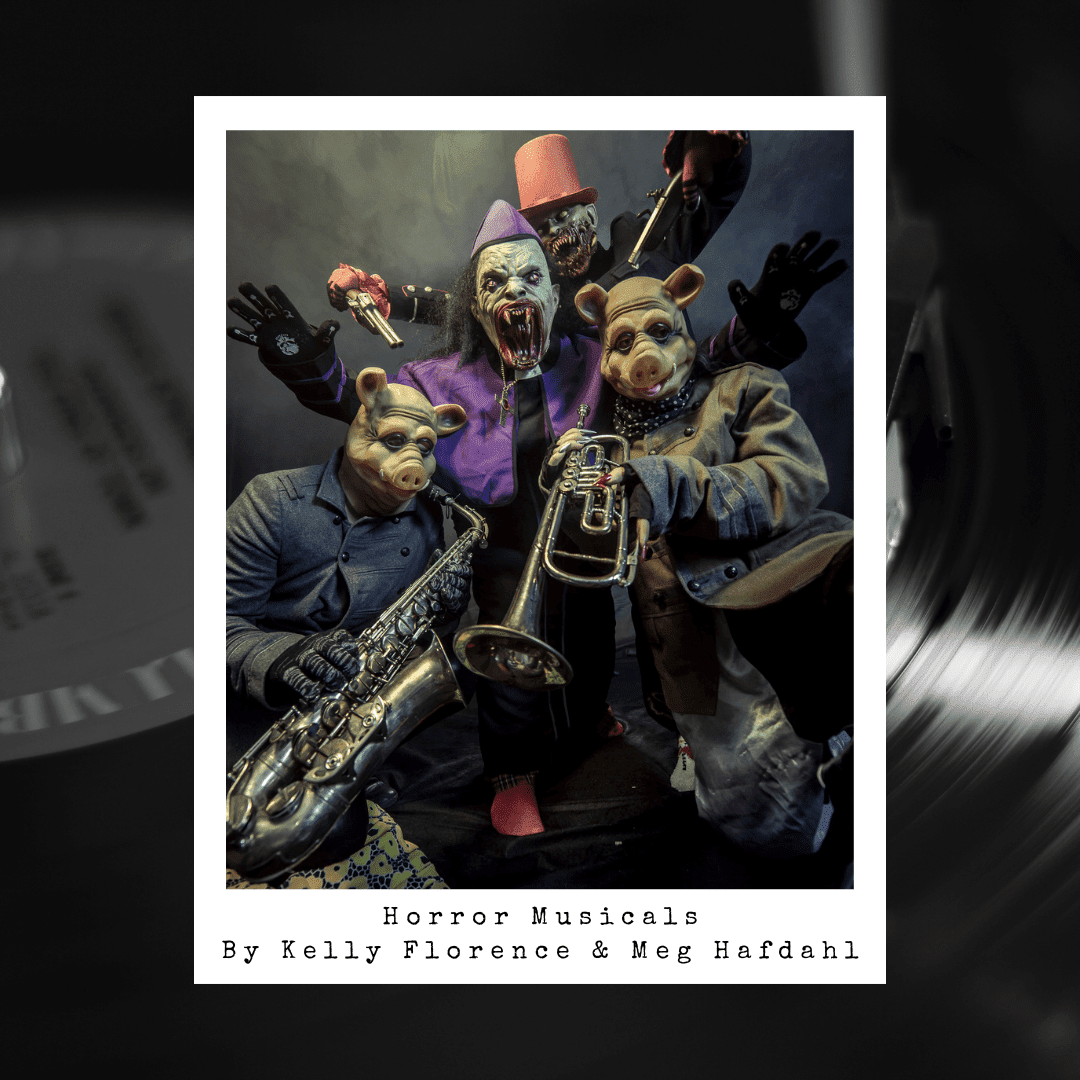Author: Horror Tree
Refresh & Refocus: The Best Activities For Writing Breaks
Refresh & Refocus: The Best Activities For Writing Breaks
It is a great feeling when you are on a roll with your writing, but it is also essential that you take regular breaks. Regular breaks will help you stay productive in the long run and avoid burnout. So, what are the best activities to turn to when on a writing break? There are a few things that you can do that will help you temporarily disconnect, collect your thoughts, and recharge your batteries. Incorporating these activities into your writing routine should help your writing in the long run and help you enjoy your writing sessions. Keep reading to find out more.
Fun Hobbies Related To Horror

Fun Hobbies Related To Horror
Looking for some fun hobbies related to your love of horror? It is hard to beat watching a scary film, getting stuck into a horror novel, or even creating your own stories, but there are also lots of other activities that can provide you with a similar thrill. It is always worthwhile branching out and trying new activities, especially when these can enrich your life in a number of different ways. With this in mind, this post will take a look at a few activities that any horror lover should find enjoyable. Sound good? Keep reading to find out more.
How to Take Your Love of Horror to The Next Level
How to Take Your Love of Horror to The Next Level
By Kelly Florence and Meg Hafdahl
As we’re celebrating the re-vamp of our podcast and YouTube show Horror Rewind, we thought we’d talk about turning horror into more than just a pastime.
Sure, when we were reading Stephen King books and watching slasher flicks on summer breaks, we had a vague idea that a few, special people got to live and breathe horror as a career. Meg even used to pretend to be interviewed with a fake microphone in her mirror as the “next Stephen King” in grade school.
But then that stupid thing called reality came settling in, you know, rent, gas, diapers, the popcorn and movie ticket fund. Horror was our hobby, and for you, maybe that’s all it needs to be. Meg’s husband is content painting and playing Warhammer for fun, and Kelly’s husband is an avid golfer who doesn’t have ambitions to go pro. Though, if you’re like us, and have an inkling of interest in making horror more than a pastime, let us give you a few tips from our years in the gory trenches.
When Horror Isn’t Scary: Should it Be?
When Horror Isn’t Scary: Should it Be?
Writing horror (usually) has a singular purpose – to scare, unsettle, or otherwise illicit an unpleasant emotion. The appeal seems a little strange. However, research has determined that spooky things allow us to experience these frightening feelings in a safe space, where we’re not in danger of divorce from our body parts.
Put another way, fear can be gentle, even exciting – as long as the unpleasant things it’s associated with can’t get out of the TV. This is what each year’s Halloween is about, a time for people dressed as the undead to walk the earth and eat sugar disguised as eyeballs.
So, the question to ask is – when horror is removed from its blood-soaked reality, does it still need to be scary? The answer is, of course, no. Just like any other genre, there are shades of horror for all stomachs.
Baby Reindeer: Horror and Trauma

Baby Reindeer: Horror and Trauma
By Kelly Florence & Meg Hafdahl
This article contains spoilers for the 2024 series, Baby Reindeer, streaming on Netflix.
With the title, Baby Reindeer, we weren’t sure what we were getting into when we started the seven-episode series last month. Intrigued by the seemingly innocuous name, it became clear that horror can exist in even the most innocent settings. What begins as a tale of a man offering kindness to a woman in need, the story turns out to be one of stalking, assault, trauma, and healing. Based on the true story of what happened to writer, actor, and creator, Richard Gadd, the series takes on a whole new level of horror as the audience realizes they are watching the man, himself, relive the terrible things that he went through earlier in his life.
Spirits of the Keystone State: Exploring Haunted Pennsylvania
Spirits of the Keystone State: Exploring Haunted Pennsylvania
Journey with us through the echoing corridors of Pennsylvania’s most haunted locations. From the unsettling confines of Eastern State Penitentiary to the somber fields of Gettysburg, this expedition uncovers the spectral heart of the Keystone State.
Amidst these tales of the past, the allure of Pennsylvania’s online casinos offers a contrasting diversion, weaving together the thrill of exploration with the excitement of gaming.
Horror Musicals By Kelly Florence & Meg Hafdahl
Horror Musicals
By Kelly Florence & Meg Hafdahl
Ever since we were little, we’ve both been obsessed with the horror genre and musicals. How could the two possibly go together? Surprisingly well, to our delight. We’ve had the privilege of seeing several horror musicals in-person in the theatre over the years and need to tell you our favorites, in no particular order.














